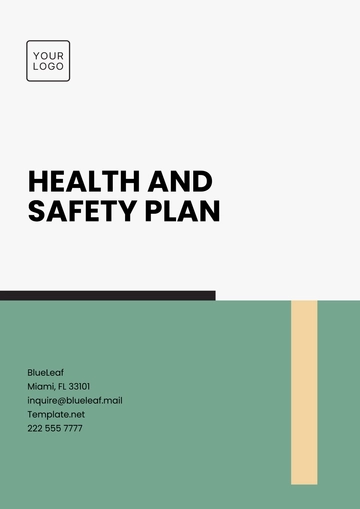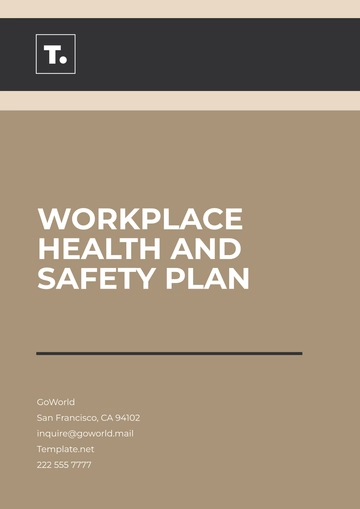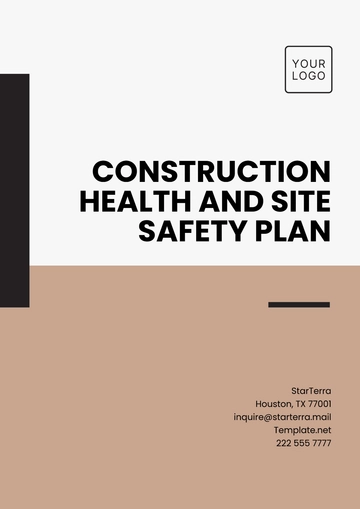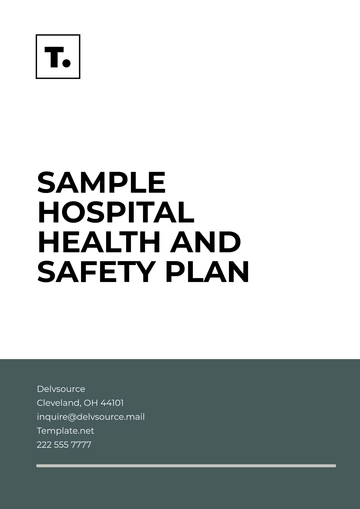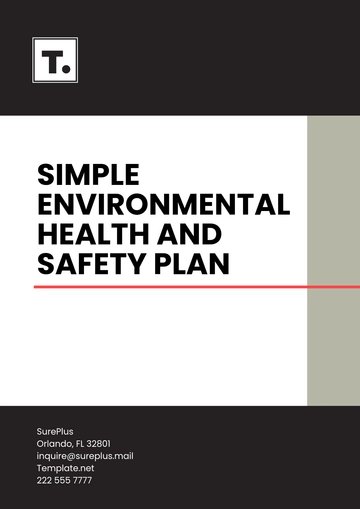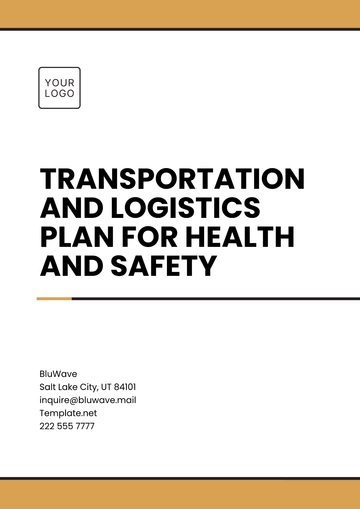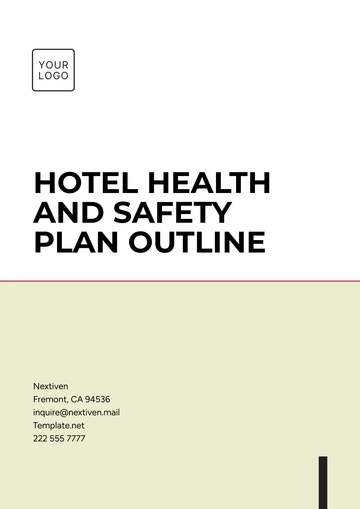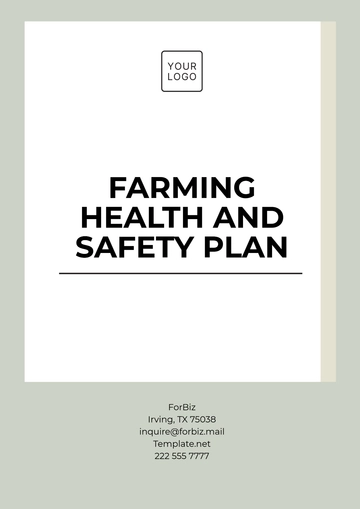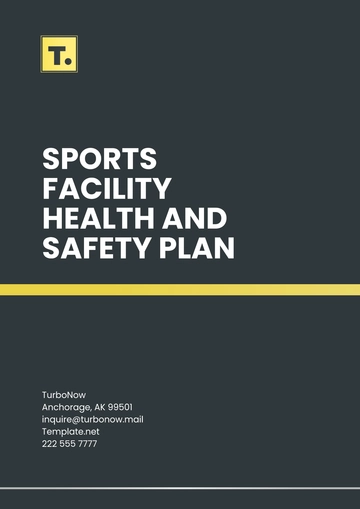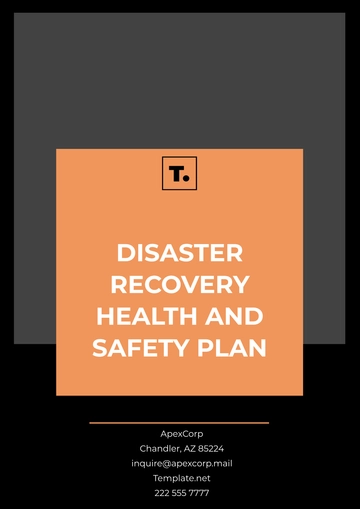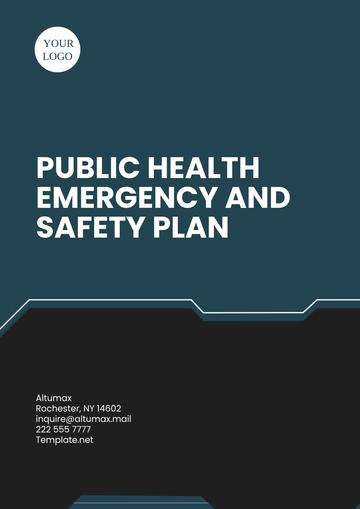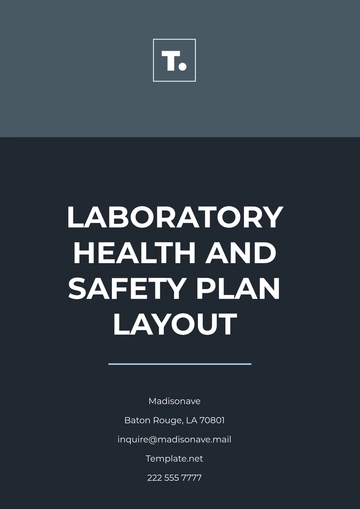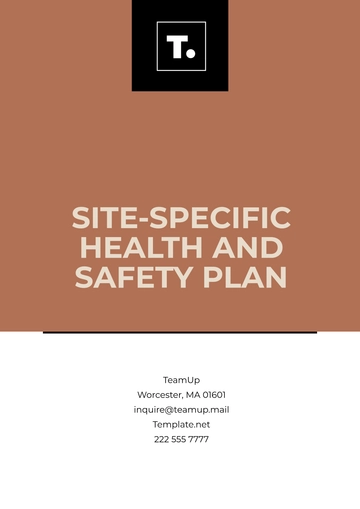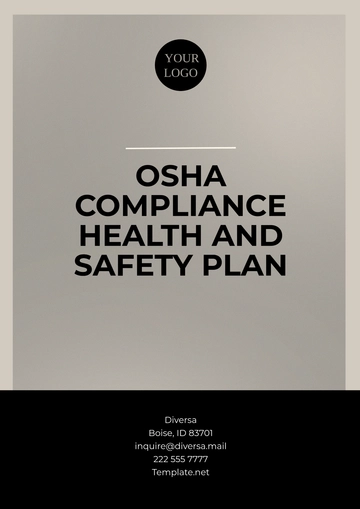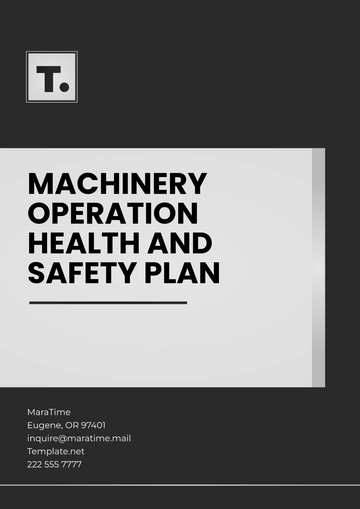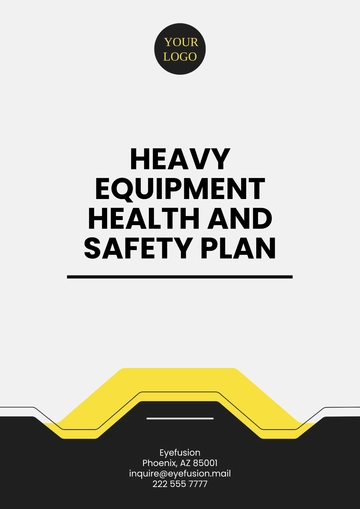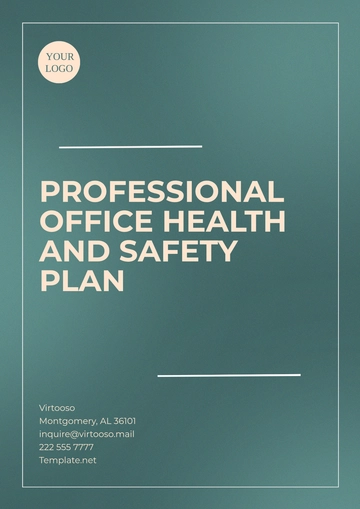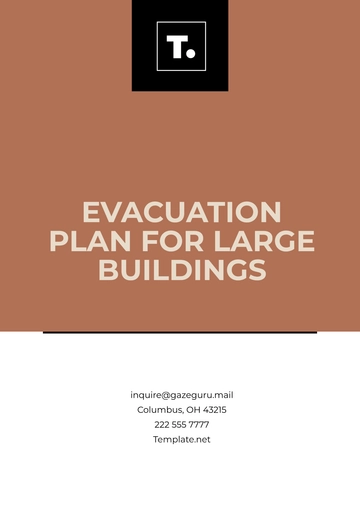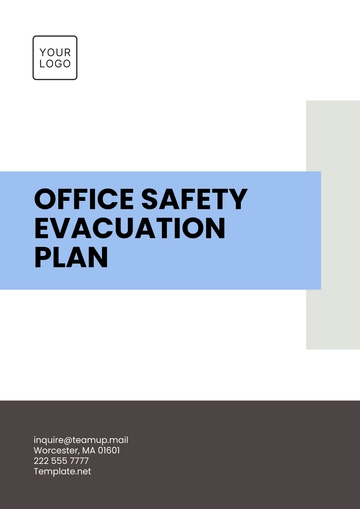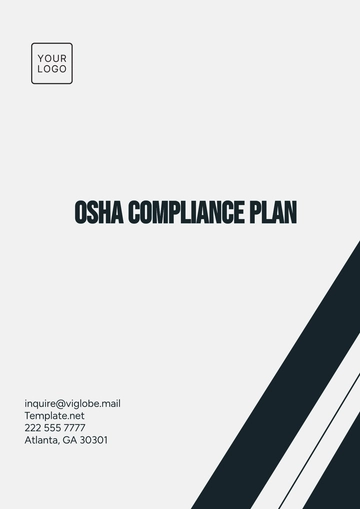Free Individual Student Safety Plan
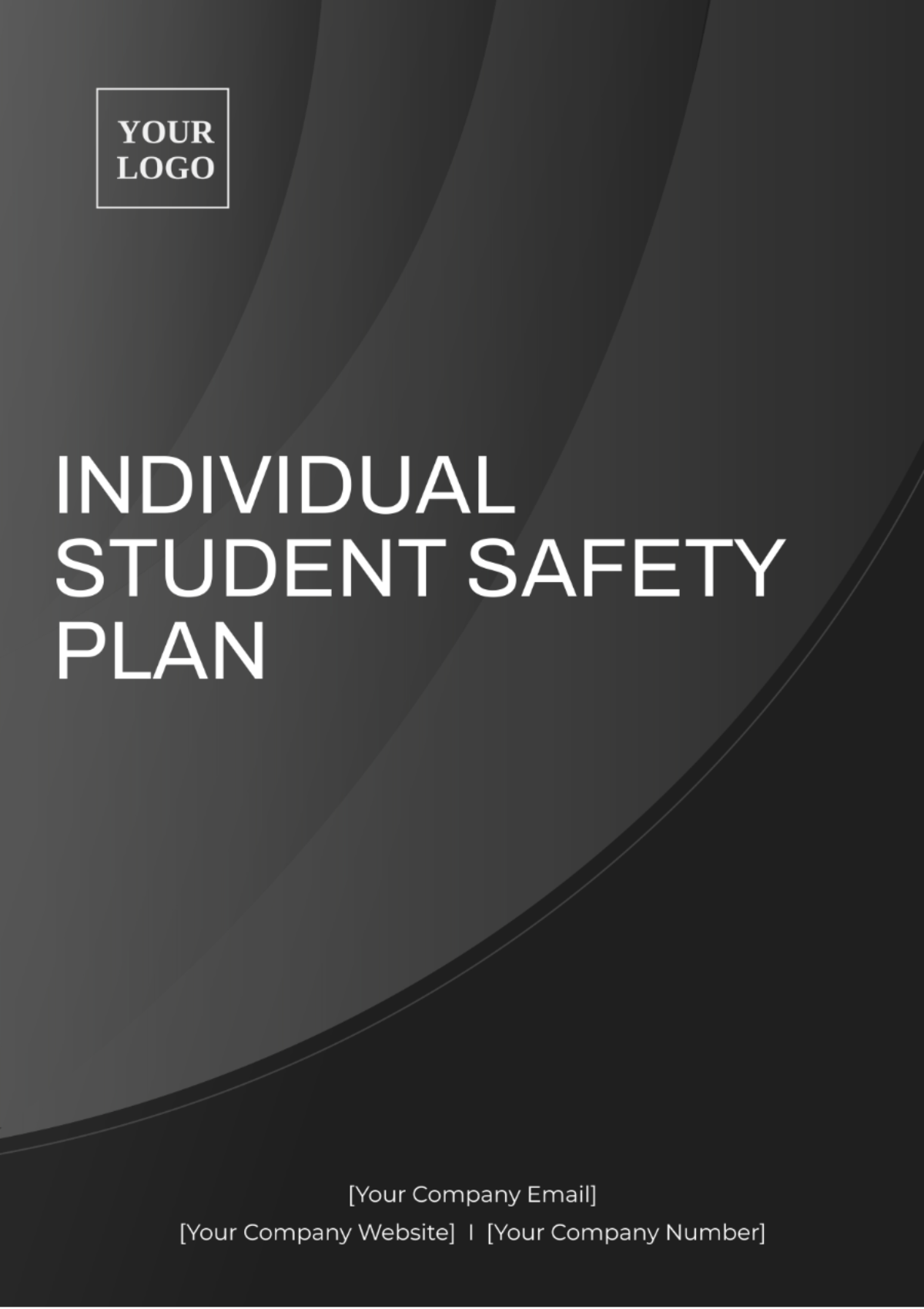
(ISSP)
Written by: [Your Name]
_____________________________________________________________________________________
_____________________________________________________________________________________
I. Student Details
A. Student Information
Student Name: | [Student Name] |
Date of Birth: | [Date of Birth] |
Grade: | [Grade] |
School: | [School Name] |
Parent/Guardian Name: | [Parent/Guardian Name] |
B. Emergency Contact
Name: | [Emergency Contact Name] |
Relationship: | [Relationship to Student] |
Phone: | [Emergency Contact Phone Number] |
C. Health Information
Medical Conditions: | [Any medical conditions] |
Medications: | [List of medications] |
Allergies: | [Any allergies] |
II. Risk Assessment
Primary Concerns
History of bullying
Social isolation
Declining academic performance
Potential Triggers
Large group activities
Conflict with peers
Test anxiety
Protective Factors
Supportive family environment
Strong relationship with school counselor
Interest in extracurricular activities
III. Support Strategies
School-Based Interventions
Implement regular check-ins with student counselor.
Provide access to support groups or peer mentoring programs.
Offer academic accommodations if needed.
Family Involvement
Schedule regular meetings with parents/guardians to discuss progress and concerns.
Provide resources for family therapy or support services.
Community Resources
Refer to external agencies for additional support (e.g., mental health services, social services).
IV. Safety Plan
Warning Signs
Withdrawal from social activities
Decreased academic performance
Expressions of hopelessness
Action Steps
If warning signs are observed, notify designated staff member immediately.
Provide student with a safe space to talk and express feelings.
Contact parent/guardian and emergency contact if necessary.
Crisis Response Protocol
Follow school's crisis response procedures in case of emergencies.
De-escalation Techniques
Remain calm and empathetic.
Use active listening techniques.
Provide reassurance and support.
Emergency Contacts
Ensure all staff members have access to emergency contact information.
Display emergency contact numbers prominently throughout the school.
V. Monitoring and Review
Progress Monitoring
Conduct regular assessments to track progress and adjust support strategies as needed.
Review Meetings
Schedule periodic review meetings with student, parents/guardians, and relevant staff members.
Documentation
Maintain detailed records of interventions, communications, and outcomes.
- 100% Customizable, free editor
- Access 1 Million+ Templates, photo’s & graphics
- Download or share as a template
- Click and replace photos, graphics, text, backgrounds
- Resize, crop, AI write & more
- Access advanced editor
Introducing the Individual Student Safety Plan Template, exclusively crafted by Template.net. Empower educators with an editable and customizable solution, ensuring tailored safety measures for each student. Seamlessly modify and adapt within our AI tool for effortless implementation. Prioritize student well-being with this innovative resource.
You may also like
- Finance Plan
- Construction Plan
- Sales Plan
- Development Plan
- Career Plan
- Budget Plan
- HR Plan
- Education Plan
- Transition Plan
- Work Plan
- Training Plan
- Communication Plan
- Operation Plan
- Health And Safety Plan
- Strategy Plan
- Professional Development Plan
- Advertising Plan
- Risk Management Plan
- Restaurant Plan
- School Plan
- Nursing Home Patient Care Plan
- Nursing Care Plan
- Plan Event
- Startup Plan
- Social Media Plan
- Staffing Plan
- Annual Plan
- Content Plan
- Payment Plan
- Implementation Plan
- Hotel Plan
- Workout Plan
- Accounting Plan
- Campaign Plan
- Essay Plan
- 30 60 90 Day Plan
- Research Plan
- Recruitment Plan
- 90 Day Plan
- Quarterly Plan
- Emergency Plan
- 5 Year Plan
- Gym Plan
- Personal Plan
- IT and Software Plan
- Treatment Plan
- Real Estate Plan
- Law Firm Plan
- Healthcare Plan
- Improvement Plan
- Media Plan
- 5 Year Business Plan
- Learning Plan
- Marketing Campaign Plan
- Travel Agency Plan
- Cleaning Services Plan
- Interior Design Plan
- Performance Plan
- PR Plan
- Birth Plan
- Life Plan
- SEO Plan
- Disaster Recovery Plan
- Continuity Plan
- Launch Plan
- Legal Plan
- Behavior Plan
- Performance Improvement Plan
- Salon Plan
- Security Plan
- Security Management Plan
- Employee Development Plan
- Quality Plan
- Service Improvement Plan
- Growth Plan
- Incident Response Plan
- Basketball Plan
- Emergency Action Plan
- Product Launch Plan
- Spa Plan
- Employee Training Plan
- Data Analysis Plan
- Employee Action Plan
- Territory Plan
- Audit Plan
- Classroom Plan
- Activity Plan
- Parenting Plan
- Care Plan
- Project Execution Plan
- Exercise Plan
- Internship Plan
- Software Development Plan
- Continuous Improvement Plan
- Leave Plan
- 90 Day Sales Plan
- Advertising Agency Plan
- Employee Transition Plan
- Smart Action Plan
- Workplace Safety Plan
- Behavior Change Plan
- Contingency Plan
- Continuity of Operations Plan
- Health Plan
- Quality Control Plan
- Self Plan
- Sports Development Plan
- Change Management Plan
- Ecommerce Plan
- Personal Financial Plan
- Process Improvement Plan
- 30-60-90 Day Sales Plan
- Crisis Management Plan
- Engagement Plan
- Execution Plan
- Pandemic Plan
- Quality Assurance Plan
- Service Continuity Plan
- Agile Project Plan
- Fundraising Plan
- Job Transition Plan
- Asset Maintenance Plan
- Maintenance Plan
- Software Test Plan
- Staff Training and Development Plan
- 3 Year Plan
- Brand Activation Plan
- Release Plan
- Resource Plan
- Risk Mitigation Plan
- Teacher Plan
- 30 60 90 Day Plan for New Manager
- Food Safety Plan
- Food Truck Plan
- Hiring Plan
- Quality Management Plan
- Wellness Plan
- Behavior Intervention Plan
- Bonus Plan
- Investment Plan
- Maternity Leave Plan
- Pandemic Response Plan
- Succession Planning
- Coaching Plan
- Configuration Management Plan
- Remote Work Plan
- Self Care Plan
- Teaching Plan
- 100-Day Plan
- HACCP Plan
- Student Plan
- Sustainability Plan
- 30 60 90 Day Plan for Interview
- Access Plan
- Site Specific Safety Plan
